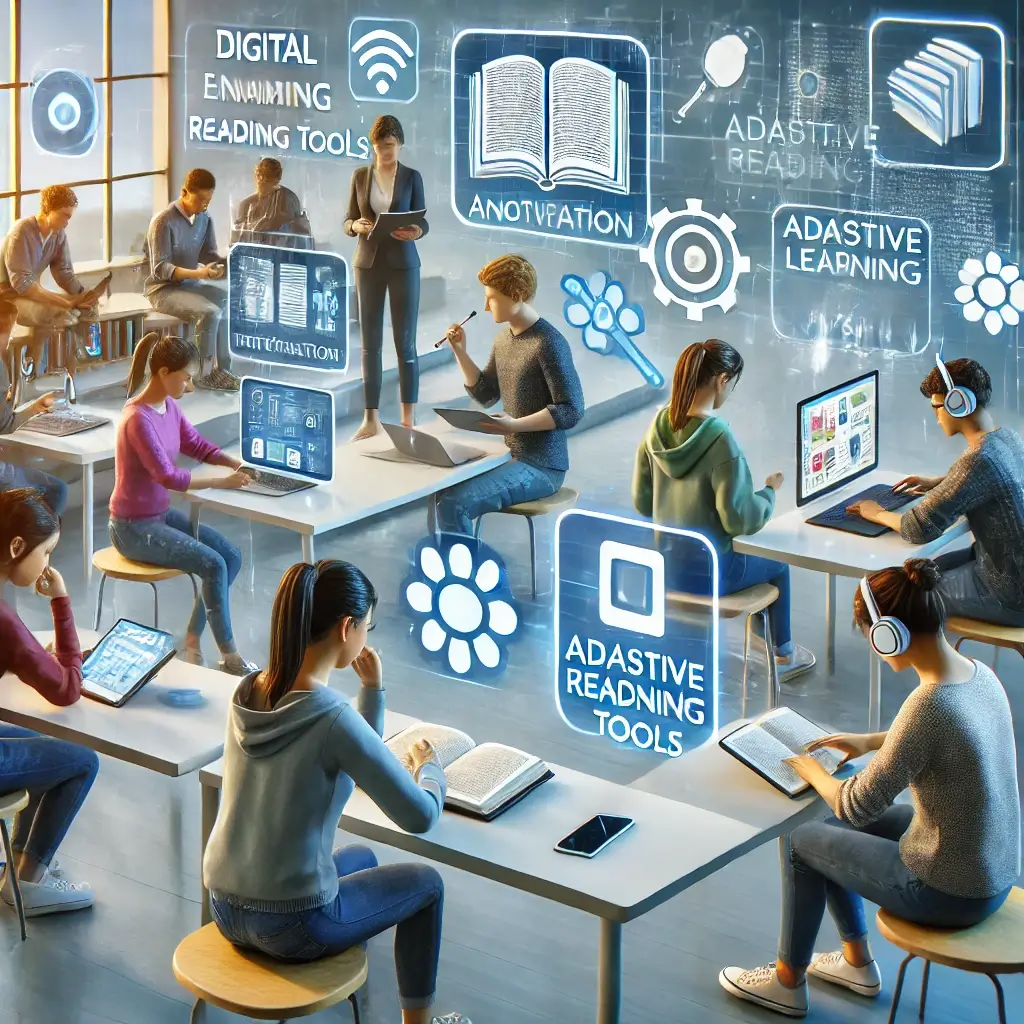The Digital Native Challenge
Digital natives, defined as those born into the age of pervasive technology, encounter unique educational challenges and opportunities. With information readily available at their fingertips, these students require a distinct set of skills to navigate the digital realm effectively. Reading comprehension, once confined to linear text and printed books, now encompasses multimedia content, hyperlinks, and dynamic platforms. The shift to digital learning has underscored the necessity of adapting instructional methods to suit these evolving needs.
Critical Reading Skills Gap
Despite their technological fluency, digital natives often lack the critical reading and evaluative skills necessary to discern credible sources and synthesize information effectively. Addressing this gap requires a holistic approach that combines traditional literacy instruction with innovative, tech-driven solutions. This article delves into the tools and strategies educators can implement to enhance reading comprehension, backed by recent research and educational advancements.
Digital Tools and Research Findings
The role of digital annotation tools in improving reading comprehension has been substantiated by a 2023 study in the Journal of Learning and Instruction. Researchers found that students who used digital highlighters and note-taking apps demonstrated a 25% improvement in information retention compared to those relying on traditional methods. Tools like Kami and Evernote enable students to engage more deeply with texts by allowing them to highlight key points and jot down reflections in real-time.
Gamification in Reading Education
Additionally, the American Journal of Educational Technology highlighted the significance of gamified reading apps in fostering engagement. Apps like Epic! and LiteracyPlanet use game-based learning principles to make reading an enjoyable and rewarding activity. These platforms not only motivate reluctant readers but also track progress through detailed analytics, enabling personalized instruction. For example, Epic! offers a vast library of age-appropriate books with gamification elements, such as reading badges, which encourage consistent engagement.
Media Literacy Integration
Another key innovation is the integration of media literacy training into reading programs. In an era where misinformation spreads rapidly, teaching students to critically evaluate digital content is essential. The Common Sense Media’s curriculum equips students with the skills needed to identify bias, assess source credibility, and recognize the nuances of digital storytelling. A recent survey by the National Literacy Trust revealed that students who underwent media literacy training were 40% more confident in their ability to verify the credibility of online sources.
Adaptive Learning Technologies
Adaptive learning technologies have transformed the educational landscape. Programs such as ReadTheory and Newsela offer customized reading experiences that cater to individual learning levels. A 2024 report in EdTech Innovations demonstrated that adaptive platforms improve comprehension and engagement by presenting content aligned with the reader’s current proficiency. For instance, Newsela uses real-world news articles rewritten at various reading levels, ensuring accessibility for all learners.
Text-to-Speech Accessibility
Text-to-speech tools continue to gain traction as vital accessibility resources. NaturalReader and Microsoft Immersive Reader help students with dyslexia, ADHD, or visual impairments by providing auditory support. According to a study in the Journal of Assistive Technologies, students using text-to-speech devices showed a marked improvement in comprehension and retention, particularly when paired with synchronized text highlighting.
Future of Digital Reading
Incorporating efficient reading aids into educational practices is no longer optional but imperative. By embracing a blend of traditional and digital tools, educators can cultivate well-rounded readers equipped for the complexities of the modern world. The journey to literacy in the digital age is multifaceted, demanding both innovation and a steadfast commitment to nurturing critical thinking and comprehension skills. As advancements in educational technology continue to unfold, prioritizing accessibility and inclusivity will ensure that all students can thrive, irrespective of their individual challenges.
References
Journal of Learning and Instruction
American Journal of Educational Technology
Common Sense Media
National Literacy Trust Survey
EdTech Innovations
Journal of Assistive Technologies

Dominic E. is a passionate filmmaker navigating the exciting intersection of art and science. By day, he delves into the complexities of the human body as a full-time medical writer, meticulously translating intricate medical concepts into accessible and engaging narratives. By night, he explores the boundless realm of cinematic storytelling, crafting narratives that evoke emotion and challenge perspectives. Film Student and Full-time Medical Writer for ContentVendor.com



